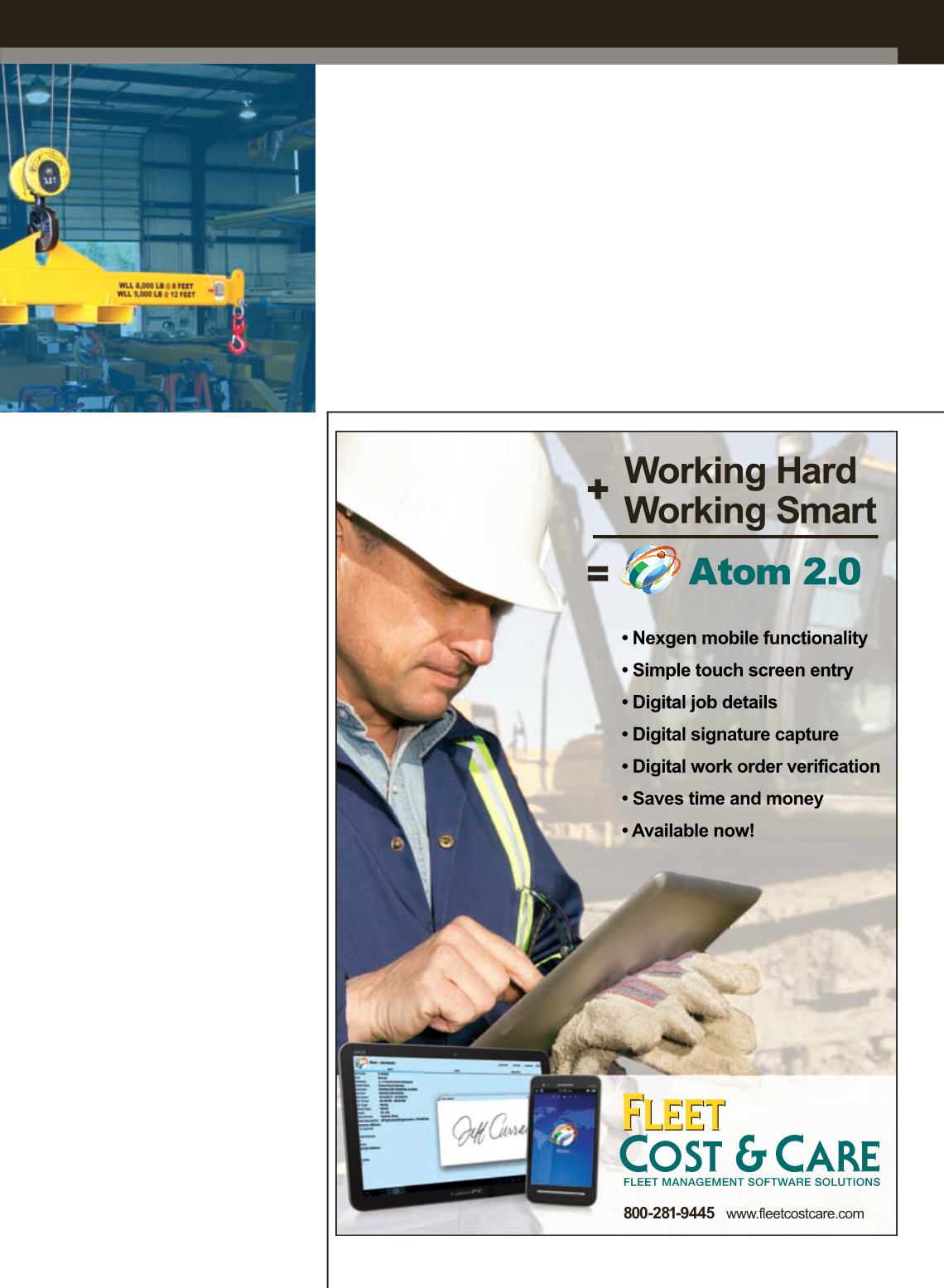
31
RIGGING REVIEW
DECEMBER 2013
ACT
Inc., a designer and manufacturer of
lifting equipment based in Havelock, NC
that has produced thousands of spreader
bars and other lifting products since 1984,
believes strongly that it is incumbent
upon the manufacturer – for ethical,
professional, and safety assurance reasons
– to proof-test every below-the-hook
lifting device.
Tandemloc’s president, John DiMartino,
explained how their belief has influenced
the structure of their manufacturing plant.
“We have a dedicated testing department
that is manned full time, and have built
a very large, very capable, patented test
stand to handle the large volumes we
generate. From 2007 through 2012 we
conducted and recorded an average of
3,521 tests annually.”
But it’s not just testing that Tandemloc
is concerned with, it’s finding new ways
to approach old problems, as well. One of
Tandemloc’s innovations, the telescopic
spreader bar, offers a wide range of
minimum and maximum lengths in
convenient increments of only a few
inches. However, unlike some telescopic
spreaders, the Tandemloc spreader bar
maintains the load rating no matter how
much the spread increases.
Purchasing advice
DiMartino explains that telescopic
spreader bars are simply more versatile.
“A traditional or ‘fixed’ spreader bar is
designed for one spread and therefore
is limited in use for lifting a variety of
objects,” he says. “Telescopic spreaders,
as the name implies, offer a multitude of
spreads allowing the user a greater range
of lift points.”
When I asked Sam Meyer of Marco
Crane & Rigging what he looks for
when purchasing a spreader bar, he
stated a number or things, including
how frequently it would be used: “When
purchasing a new spreader bar, we
consider how often we would use it and
the safety it will bring to our operations.
Does this particular bar reduce our
exposure of loss due to injury or property
damage? If it’s a large, expensive bar, we
would also consider how much revenue
might be gained by having that particular
accessory in our inventory.”
Other factors he mentioned were how
much revenue they could produce using
the bar and which spreader design would
give them the highest capacity with the
lowest amount of weight.
Though spreader bars are just one
part of a complicated and demanding
daily crane operation, it’s important to
know what issues revolve around their
manufacture and use.
By knowing the issues and striving to act
in accordance with the standards, we can
continue to perpetuate best practices and
overall crane safety.
■
The spreader bar, a frequently used below-
the-hook lifting device, is commonly utilized
when it’s necessary to protect a load from
rigging materials and enable multiple pick
points that ensure a certain sling angle is
maintained throughout the hoist.


